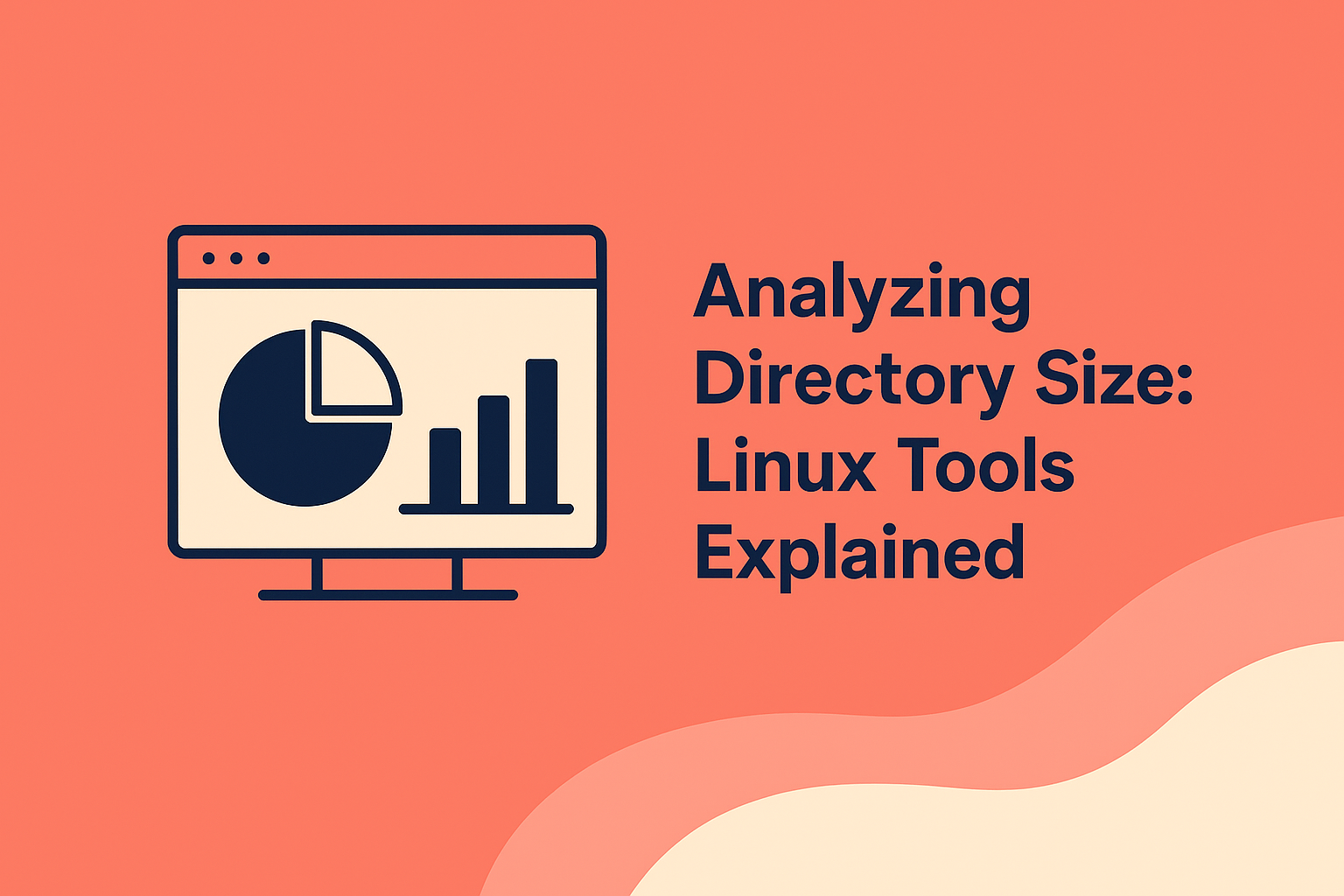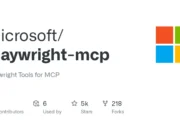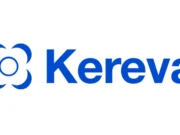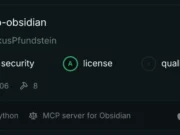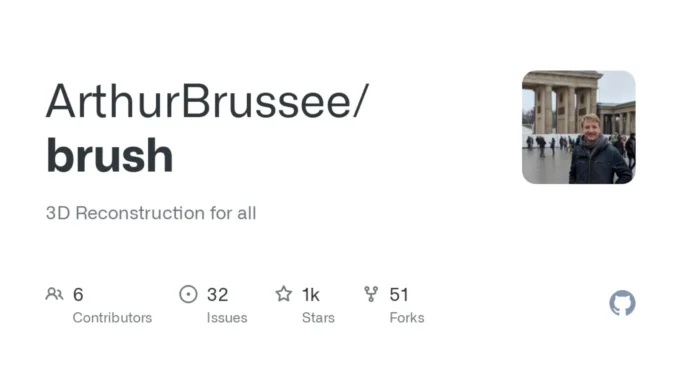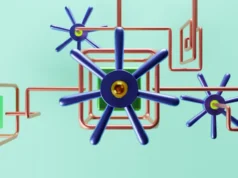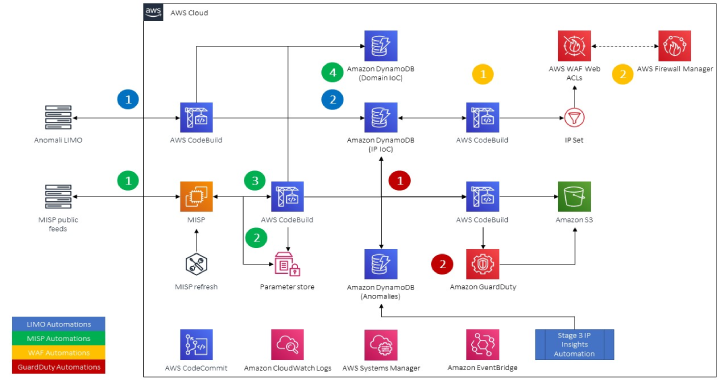Brush is an innovative 3D reconstruction engine utilizing Gaussian splatting, designed to make high-quality 3D content creation accessible across a wide range of platforms.
It supports macOS, Windows, Linux, Android, and even browsers, leveraging WebGPU-compatible technology and the Burn machine learning framework for portability and efficiency.
Key Features
- Cross-Platform Compatibility:
- Brush works seamlessly on diverse hardware, including AMD, Nvidia, and Intel GPUs, as well as mobile devices like Android phones. It also runs in browsers (currently supported on Chrome 131+).
- Training Capabilities:
- Brush supports training with posed image data from formats like COLMAP or Nerfstudio. Users can interact with the scene during training to observe real-time dynamics and compare renderings with evaluation views.
- It includes image masking features to refine reconstructions based on transparency or masked-out regions.
- Viewer Functionality:
- Brush doubles as a viewer for splat files (.ply) and animations. It supports both orbit and flythrough controls for scene exploration.
- Command-Line Interface (CLI):
- Brush offers a CLI for advanced users, enabling debugging through the
--with-vieweroption.
- Web and Mobile Training:
- Users can train models directly in a browser by uploading datasets in ZIP format or run training on mobile devices like the Pixel 7.
Brush stands out due to its lightweight design. Unlike traditional tools requiring extensive dependencies like PyTorch or CUDA, Brush is written in Rust and uses the wgpu backend from Burn, enabling simple binaries that work across devices without cumbersome setups.
Additionally, it achieves competitive performance metrics in terms of PSNR and SSIM while maintaining lower computational overhead compared to alternatives like gSplat.
Brush is ideal for real-time rendering tasks requiring interactivity and dynamic shapes. Its versatility makes it suitable for developers, researchers, and artists aiming to create or explore 3D environments efficiently.
In summary, Brush represents a significant advancement in 3D reconstruction technology by combining accessibility, performance, and ease of use across platforms.





